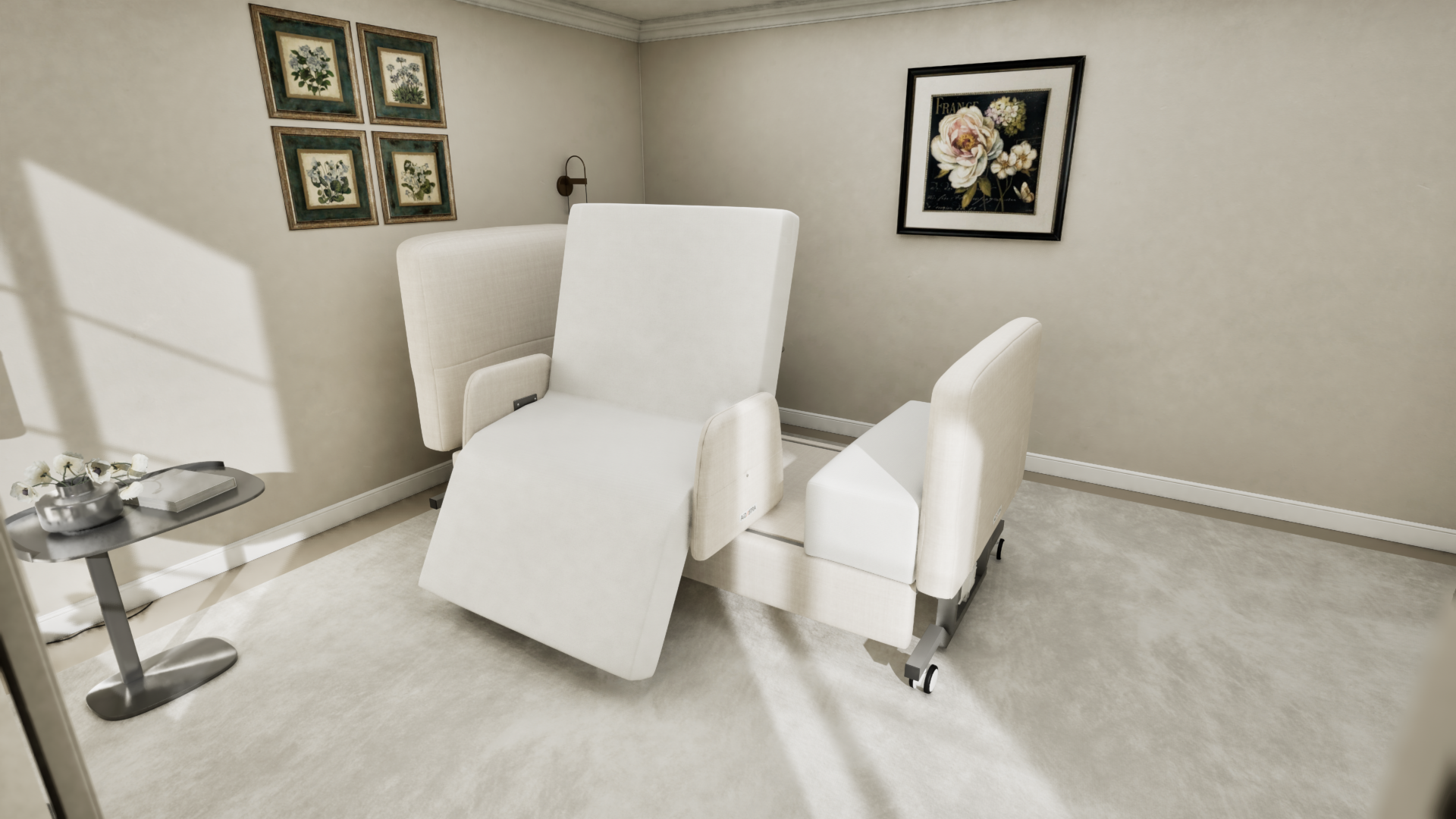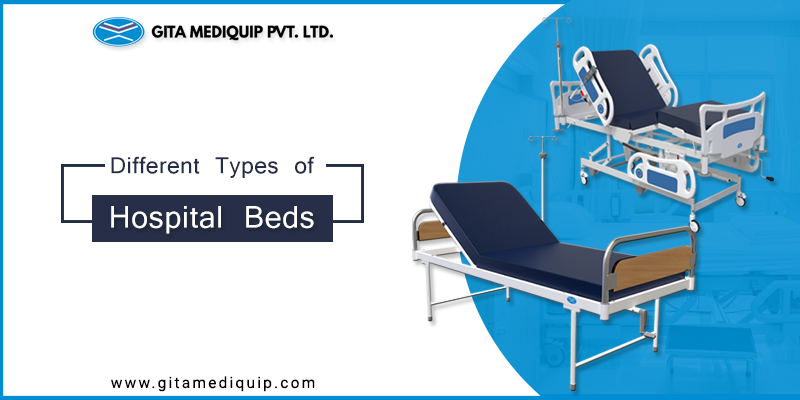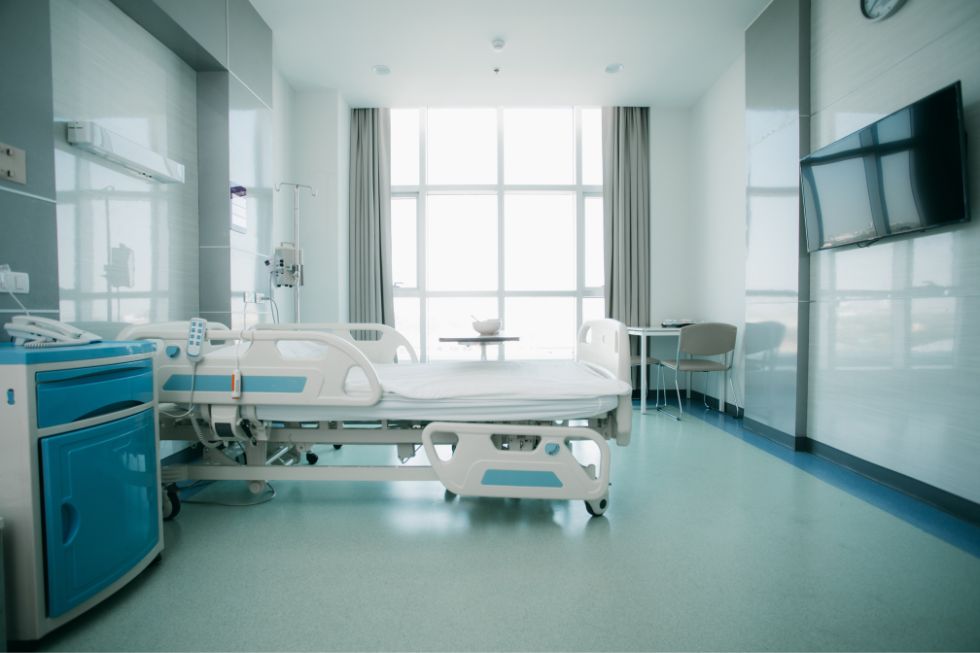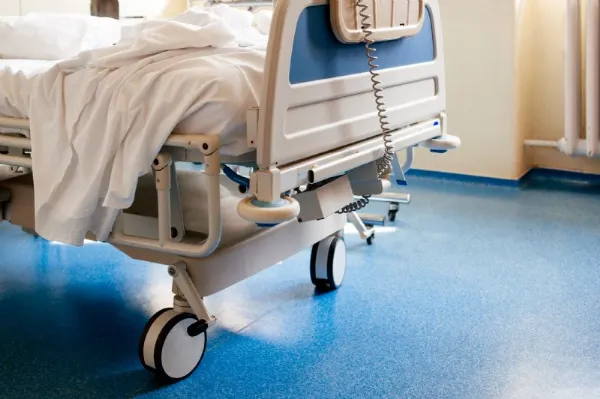Hospital Beds For Home Use Fundamentals Explained
Hospital Beds For Home Use Fundamentals Explained
Blog Article
Some Of Hospital Beds For Home Use
Table of ContentsUnknown Facts About Hospital Beds For Home UseRumored Buzz on Hospital Beds For Home UseHospital Beds For Home Use Can Be Fun For AnyoneThe Of Hospital Beds For Home UseUnknown Facts About Hospital Beds For Home UseHospital Beds For Home Use Things To Know Before You BuySome Ideas on Hospital Beds For Home Use You Should Know
There are 3 major kinds of health center beds: manual, semi-electric, and fully-electric. Nonetheless, more sorts of clinical beds exist and they are listed here. These beds utilize hand cranks to change the bed's elevation and raise and lower the head and the foot. Hand cranks are generally found at the foot of the bed and call for a person that is literally qualified of operating.
Semi-electric beds have an electric motor to raise and decrease the head and foot parts of the bed (hospital beds for home use). Full-electric beds have an electrical motor that can elevate the head and foot areas of the bed as well as the entire elevation and positioning of the bed.
The Buzz on Hospital Beds For Home Use
Some versions can additionally relocate into even more settings, such as the Trendelenburg (tilt) placement. There are several sorts of healthcare facility beds, each developed to satisfy particular patient needs. Below are some usual types: This is one of the most typical kind of healthcare facility bed, designed for general medical use. It has a handbook or electrically adjustable headrest, footrest, and elevation.
Reduced to the ground than a basic bed. This type of bed is made for bigger clients, with a bigger framework and higher weight capacity than a common bed. This kind of bed is created specifically for youngsters, with smaller sized sizes than a standard bed. Special functions such as complete length side rails and anime style.
This type of bed is developed for critically unwell people that call for open tracking and specialized clinical tools such as ventilators and mixture pumps. This kind of bed is created for usage throughout labor and shipment, with flexible positions and features to support the mother and baby during the birth procedure.
More About Hospital Beds For Home Use
Several function and the accessories execute expanding grip to different components of the vertebra and the extremities without moving the human body. These are simply a couple of examples of the sorts of hospital beds readily available. The certain sort of bed used will rely on the person's condition, medical requirements, and other variables.
Right here is things you need to recognize. A one-function medical facility bed is a clinical bed that enables an individual to relocate only the head or foot section up or down. A 2 feature health center bed typically describes a sort of clinical bed that has 2 adjustable functions to help patients in hospitals or care centers.

Hospital Beds For Home Use Things To Know Before You Get This
A 7-function ICU bed is a sort of clinical bed that supplies numerous flexible features to sustain seriously unwell patients in an extensive treatment unit (ICU) (hospital beds for home use). The 7 features normally consist of: Back-rest change: The back-rest can be adapted to different angles to assist the individual sit up or anonymous relax conveniently
Height adjustment: The bed can be raised or reduced to make it much easier for individuals to obtain in and out of bed, and for caregivers to supply treatment. Trendelenburg setting: The entire bed can be tilted to advertise blood circulation and blood circulation in the body. Reverse Trendelenburg placement: The bed can likewise be tilted in the opposite direction to advertise blood circulation and circulation in the upper body.
While even more cost effective than electrical models, these beds require physical effort for adjustments. The major advantages of hands-on beds are their affordability and integrity, as they do not rely upon electrical energy. The demand for hands-on effort can be a limitation in circumstances where quick changes are needed or where caregivers encounter physical difficulties.
The 30-Second Trick For Hospital Beds For Home Use
They are fit for clients who call for minimal repositioning for comfort or clinical demands. Semi-electric medical facility beds supply an equilibrium of guidebook and electric controls. The head and foot areas are usually readjusted with electrical controls, while the height is changed by hand. These beds provide an optimal middle ground between handbook and fully electric choices, using convenience of use without the complete expense of electrical designs.
Semi-electric beds are fit for people that require moderate adjustments to the head and foot sections but can manage without constant height changes. This makes them a cost-efficient remedy for those looking for convenience and benefit without the need for consistent repositioning. Completely electric healthcare facility beds feature electrical controls for smooth modifications to the elevation, head, and foot areas.
Specialty medical facility beds, such as ICU beds, long-term treatment beds, and bariatric beds, are thoroughly made to attend to particular medical demands. These beds use tailored take care of varied individual groups, boosting both results and comfort. In the following areas, we will discover the main types of specialized healthcare facility beds, detailing their specific advantages and applications.
With years of experience in producing electrical linear actuators - hospital beds for home use and close cooperation with the health care sector, TiMOTION is well-positioned to offer trustworthy healthcare solutions. Our vertically incorporated firm takes care of every step of the production process, from style to actuator assembly, ensuring we provide exceptional worth and personalized services customized to visit homepage your specific requirements
See This Report about Hospital Beds For Home Use

For more information about integrating these modern technologies into your items, contact us today. Further reading:.
Information is sourced from the Medicare Expense Record. Accessed January 2025. Temporary intense treatment healthcare facilities have the greatest average number of beds at 187. They are one of the most common sort of healthcare facility in the U.S. and comprise even more than 50% of U.S. health centers. Children's healthcare facilities have 178 beds on standard and go to my blog VA healthcare facilities ordinary 175 beds.

All About Hospital Beds For Home Use
A medical facility bed is a bed created particularly for medical purposes. It is not only a location for clients to rest, but also a platform for medical operations. Unlike ordinary home beds, hospital beds typically have adjustable features, which can facilitate clinical personnel to make numerous modifications according to the requirements of patients, such as transforming the elevation, inclination, and assistance angle of the back and legs of the bed.
Report this page